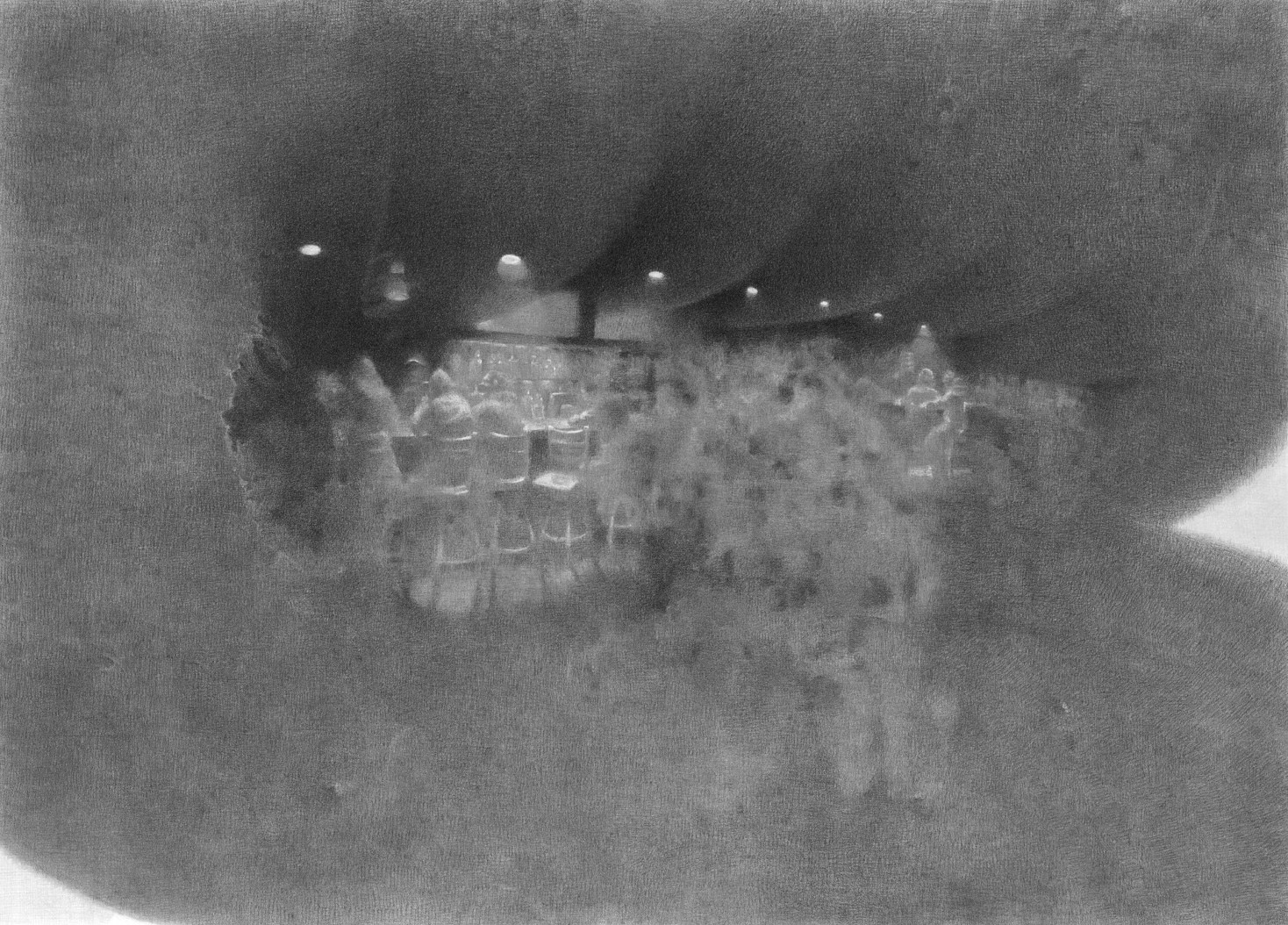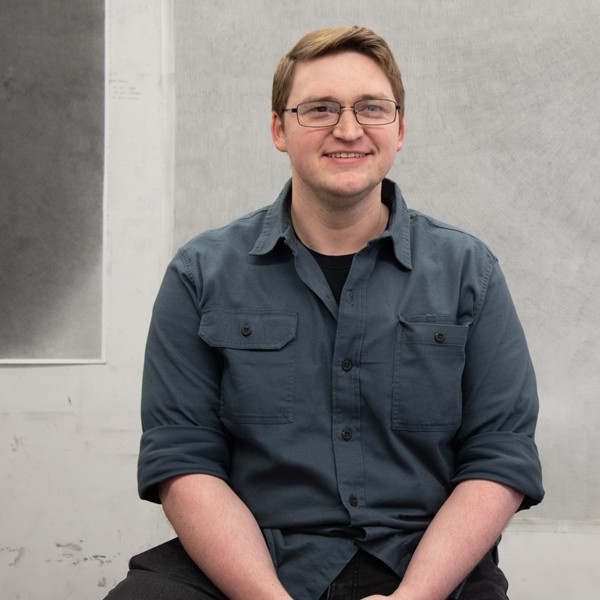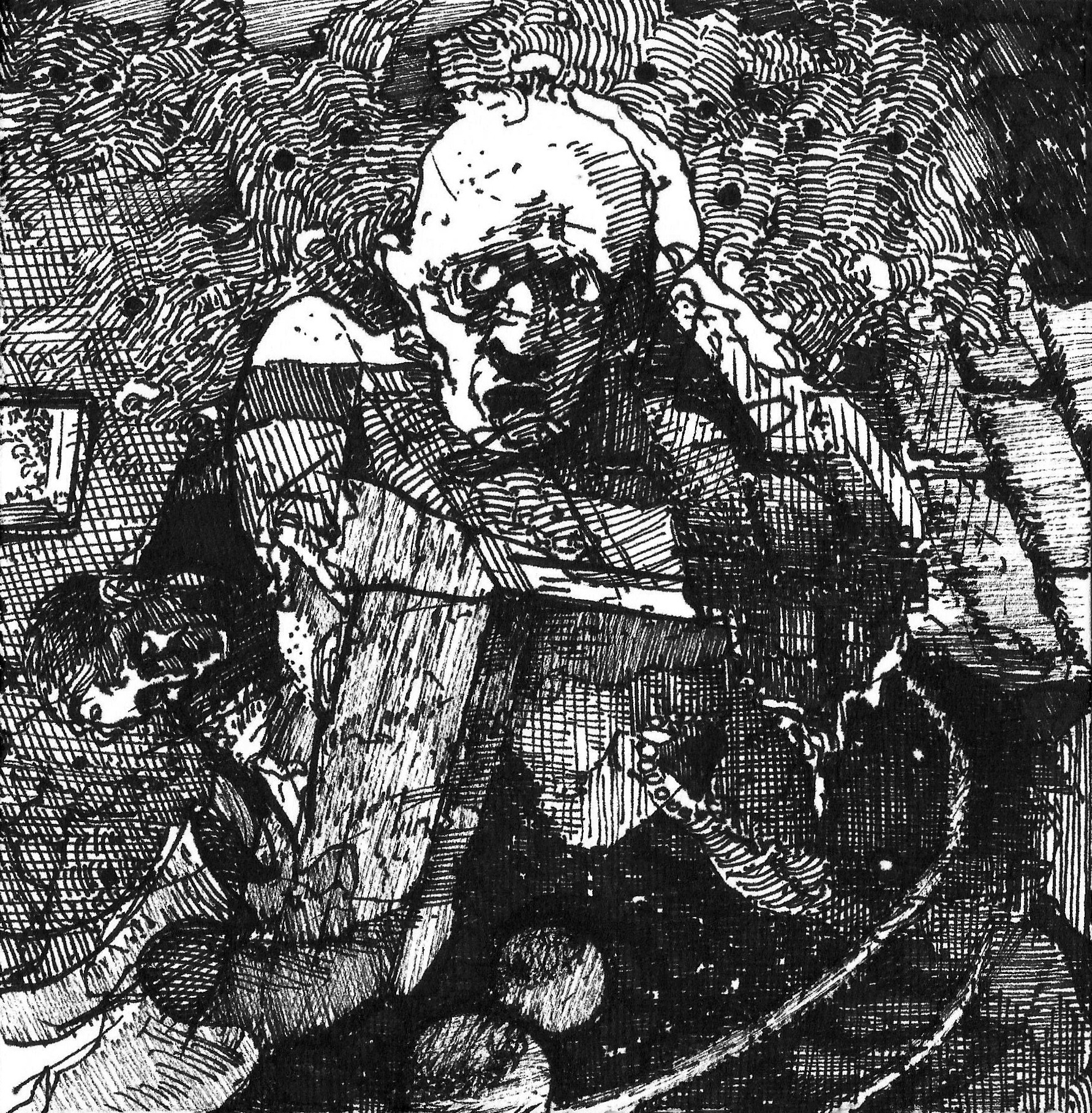Alright – so today we’ve got the honor of introducing you to Jonathan Bolton. We think you’ll enjoy our conversation, we’ve shared it below.
Hi Jonathan, thanks for joining us today. Can you share an important lesson you learned in a prior job that’s helped you in your career afterwards?
Definitely time management and beating procrastination. I’m sure most of us understand the ‘importance’ of it, but executing it is completely different. My previous job required an extremely fast pace. There was no time to talk yourself out of a task, no chance to trick yourself in to believing there is not enough time. While it was a simple job: making food, washing dishes, cleaning, etc., the fast pace of the work made far more aware of how long tasks actually take. When I started timing myself on basic tasks, I finally had actual numbers I could not argue with. When I became aware that washing every dish in the restaurant actually took a grand total of 10.25 minutes, suddenly my unconscious justification to put it off had a number to compete with.
Making art involves prep work and refinement. The making of the actual piece is only part of the time. I was very guilty of putting off prepping surfaces for drawings, laying out the initial sketches, scheduling appointments with framers, submitting to shows; you name it. I was always quick to tell myself that I simply did not have a large enough block of time to take care of it. I timed myself one morning. To complete all four of those tasks at one time (with some degree of satisfaction) took a grand total of 37 minutes. If I have an 8 hour day, and use 37 minutes to check off 4 of my to-do list boxes. I have 7 hours and 23 minutes of unoccupied time.
I mean, Anyone could write entire 3-hour seminars about time management and procrastination. I would just urge anyone to start counting the number of hours they have in a day, and weigh it against the ACUTAL number of tasks they completed in one day. Need to get new glasses? Go to the DMV? Drop off a package to mail off? Watch an episode of a TV show? Mow the lawn? You can knock all of those out in a couple hours.


Great, appreciate you sharing that with us. Before we ask you to share more of your insights, can you take a moment to introduce yourself and how you got to where you are today to our readers.
I am an artist and instructor working from Greenville, SC. I’ve recently completed graduate school. So my practice is primarily making and selling artwork out of my studio. I also teach drawing at Clemson University and will likely be teaching the occasional class for other local studios.
Though I work mostly in drawing, I am more geared toward fine art over straight observational drawing or illustration. I still love taking on the occasional portrait or illustration commission (sometimes drawing people with swords and capes is fun). However, I prefer to make images that require a long time to digest.
I make ambiguous drawings that are not quickly consumable. I like my imagery to be tethered to some identifiable elements (generally figurative or site-specific), but never want the work to have a clear-cut meaning to take away from it. I’d rather the image change for the viewer as they visit it more often or spend more time with it. To put simply, my work prioritizes the way marks are made and and applied versus trying to steer it toward a single, specific feeling or meaning.
I usually I work from some sort of life-sketch I made or something that sparked a certain mood like a piece of literature or something and as I start to draw and recognize some of the things, I start erasing parts, blending them out, drawing on top of them, anything to force myself to adapt to different modes of thinking and drawing. I always leave room to enjoy shading or controlling proportions, but I never want to know exactly where the image is heading. Drawing one-to-one portraits does not always give me that chaos or chance that I love.
If had to pick a single drawing-related thing I am proud of myself for accomplishing, it was learning to love mark-making itself, and not just the satisfaction of making an image that is technically skillful. Before, I was always drawing for the viewer. Now the drawing is always for me and my enjoyment first and foremost. Then as I refine and develop the image, I start to think about how the viewer will receive certain imagery, presentations, iterations, etc. It is still work of course, but as long as I am making what I feel driven to make, I never feel like I’m simply going through the motions.


How’d you build such a strong reputation within your market?
A lot of it definitely comes from the way I discuss my work. My drawings require a lot of time, effort, patience and a hefty application of refinement. I think for people without a lot of formal art training, certain artworks can feel like they’re some incredible magic trick. And unfortunately I think that is because some artists lean into that a little too much.
However, I feel no compulsion to cultivate mystique, or try to pretend as though I tapped into some magic cosmic vein of artist juice. I care intensely about the quality and layers of inspiration that goes into making my drawings. But when the work is done, I’m just as quick to laugh about how serious I can get about ‘drawing pictures.’
I like to think I strike a healthy balance of taking things way too seriously and not seriously at all. You need both.


Is there mission driving your creative journey?
Since I will never be able to stop drawing. I simply want to keep making as strong of work as I can. That means drawing from observation to keep those skills sharp, and surrendering to the process, always makings are some aspect of it feels unknown. I suppose that is a mission of mine, always make it feel unknown to me.
Also as long as I continue to learn and refine own skills, I will always pass them on in some way or another. That is the other mission: teach anyone willing to learn. As long as I have a skill that someone also wants, I will always share it.

![]()
Contact Info:
- Website: www.jonboltonfa.com
- Instagram: @jon.bolton_art
Image Credits
Jessica Swank


